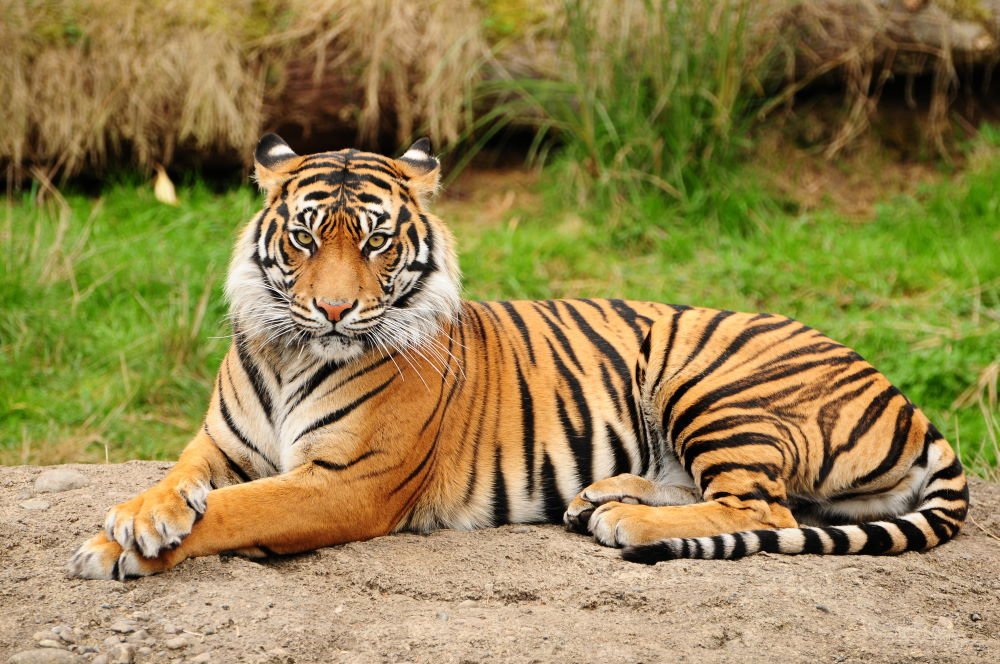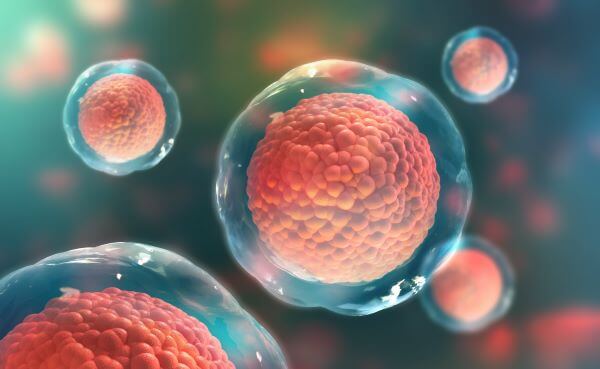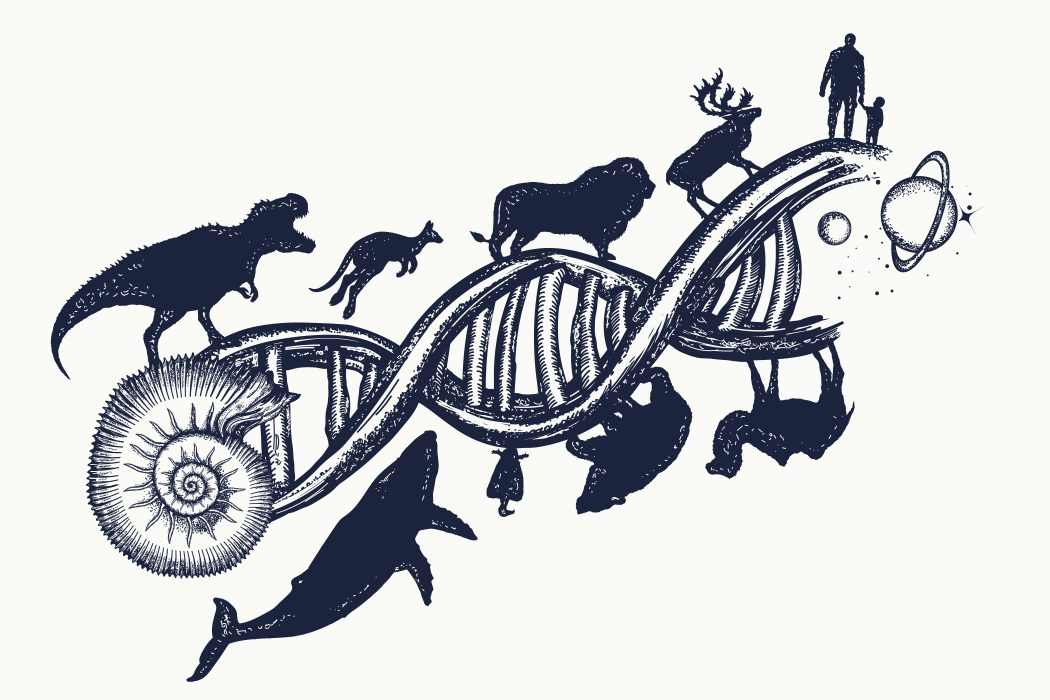|
Look around you. What do you see? A classmate, a brother or sister? Look out the window, or go for a walk. You will see trees, grass, plants, dogs, cats, bugs, and many other forms of life. |
Now, think about this. Life extends much further than what you can see. Everywhere around you, all over your keyboard, the computer monitor, your desk, the walls, the floor, the ceiling, your clothes, and even your skin, you can find billions and billions of tiny microscopic lifeforms.
|
Life is all around us. From many kilometers (miles) into the atmosphere, to many meters (feet) beneath the surface of the Earth, life is everywhere. What is this stuff we call life? What are some things that all life forms have in common? |
|
Living Things Are Made of Cells All living things are made up of cells. These cells are the basic building blocks of life. As an example, have you ever seen a sandcastle? At a distance, the sandcastle looks like a smooth brown building. As you get closer to the sandcastle, you can begin to see that it is not one smooth building, but instead that it is made up of millions of tiny grains of sand. |
Looking at an elephant, you might see what looks like a smooth gray animal. And it is true that this is what you are seeing. However, just like the sandcastle, if you could get close enough, and if your eyes were powerful enough, you would realize that what looks like a smooth gray surface, is really made up of many billions of smaller objects called cells.
Cells are tiny units of living materials separated by a cellular wall, or barrier. These cells are so small, that they can only be seen with a powerful tool known as a microscope. Cells make up every part of a living thing. Your skin, your hair, fingernails, blood, bones, nerves, and muscles are all made up of cells. These cells work together to keep the life form alive.
|
Living Things Can Move “HEADS UP!!!” When you hear someone yell a phrase such as “heads up”, or “duck”, what do you do? If you are like most of us, you move out of the way, and quickly. You know something, such as a ball, is about to fly past, and possibly hit you in the head if you don’t move. You might move to avoid danger, to walk, run, play, or eat. You even move in your sleep. |
|
Many lifeforms can move. Just like you, they might move to find food, to find shelter, to avoid danger, or in response to their environment. Animals move in many different ways. They might use fins to push them through the water, wings to help them fly, paws and tails to help them move on land. |
Plants also move. They of course cannot move as well as animals, but many plants move their stems to face the Sun, open and close flowers, and more. Some carnivorous plants even move to trap prey.
|
Living Things Perform Chemical Reactions Inside living things, very complex chemical reactions are taking place. Chemical reactions take place outside of living organisms as well, but not on anywhere near the same level. A living organism is a mini-chemistry lab. These chemical reactions are carrying out the functions necessary for life, including breaking down food so that it can be used for energy, creating food, building new cells, repairing body parts and more.
|
|
Living Things Grow What would you like to be when you grow up? Well, first you must eat a lot of food and get your rest. These things are necessary for your body to grow. Like you, other living things also grow. Almost all living things start their lives as smaller infant-like creatures. Over a period of time, they grow and develop into adults. Some lifeforms, such as frogs, start their life in a completely different form, and then change dramatically as they grow. A frog begins its life as a tadpole, then turns into an adult frog. A butterfly starts its life as a caterpillar before maturing into a full grown beautiful butterfly.
|
Living Things Respond To The Environment Around Them
Your own body responds to its environment in order to keep you healthy. You might sneeze to keep dust and germs from entering through your nose, your immune system responds to invaders by producing antibodies, etc. Now consider a non-living thing. If a bear invades a cave, can the cave sneeze to get it out? Does the cave produce antibodies to attack the bear? You can see why this ability is so unique and important to living things.
|
Living Things Reproduce A very important part of the life of living things is the ability and opportunity to reproduce, to create offspring. Reproduction is the process of one or more living things creating another living thing. Your parents created you. A mother and father dog reproduce, creating puppies. By reproducing, living things are able to pass on their characteristics to another generation.
|
|
Living Things Die Something that is definitely unique to living things is that they die. Anything that is alive will eventually die. The period of time that something is expected to live is called the living thing‘s “lifespan.” The lifespan of living things can vary significantly. |
Some things have a lifespan of only a few hours or a couple of days. Some bacteria and insects, for example, begin their lives, mature, reproduce, and then die, all within a couple hours. Other living things can live for many years, such as an elephant that might live for 70 years, and a human which can live for 100 years. Then there are the living things which seem to live forever. A bristlecone pine tree can live 5,500 years. That means that today there are bristlecone pine trees alive that began their lives before ancient Rome, and even before many of the ancient Egyptian pharaohs. Even these long living organisms will all eventually die.






